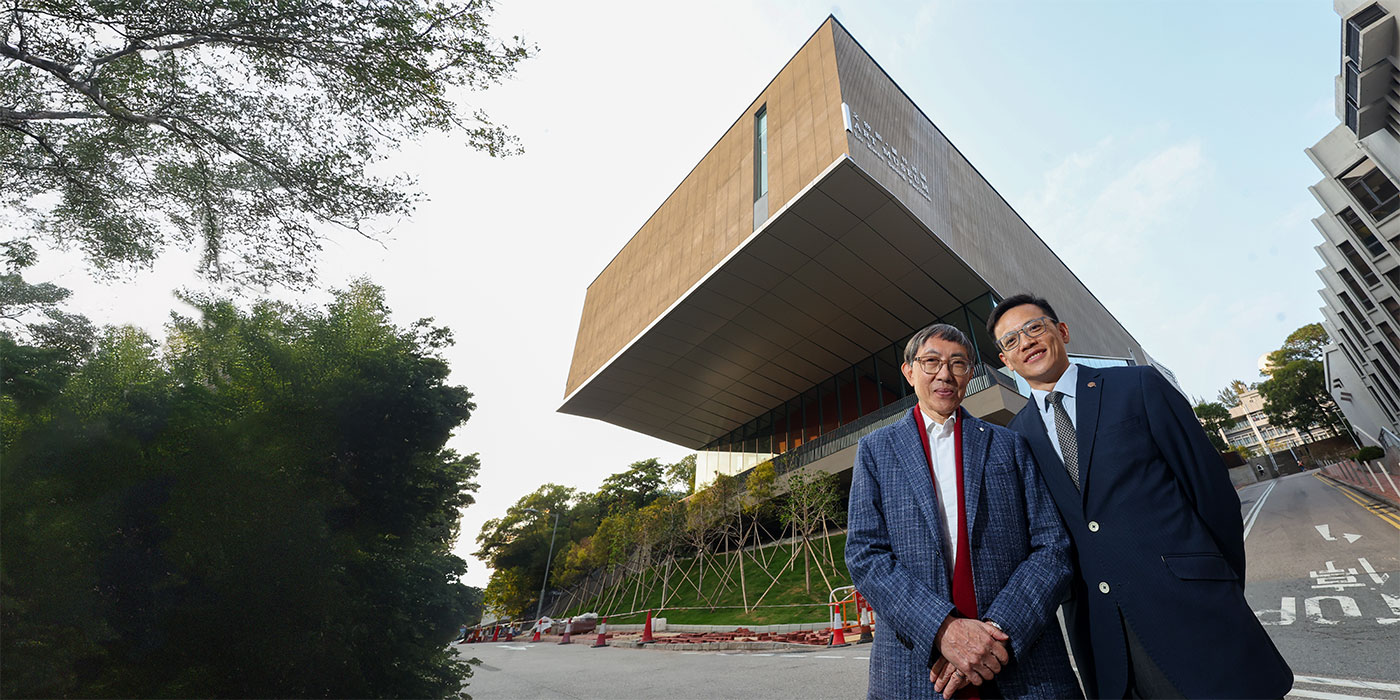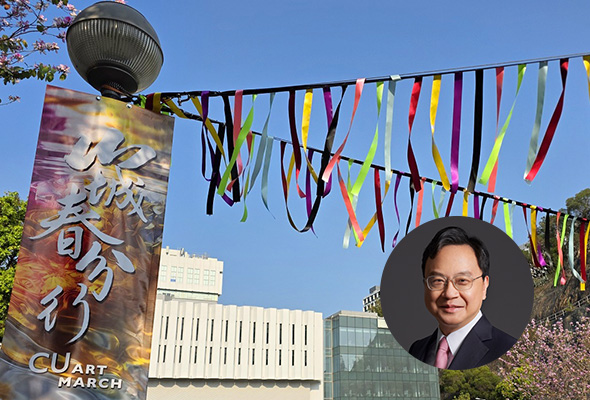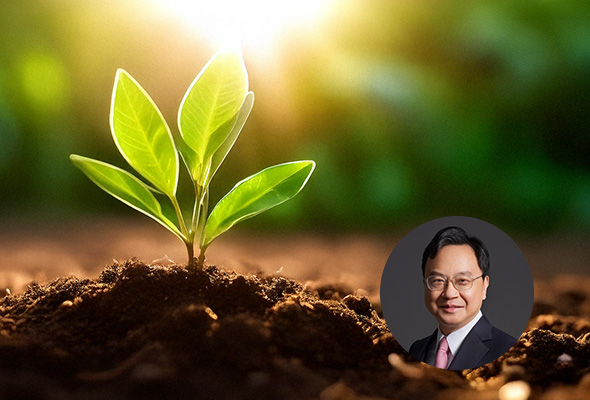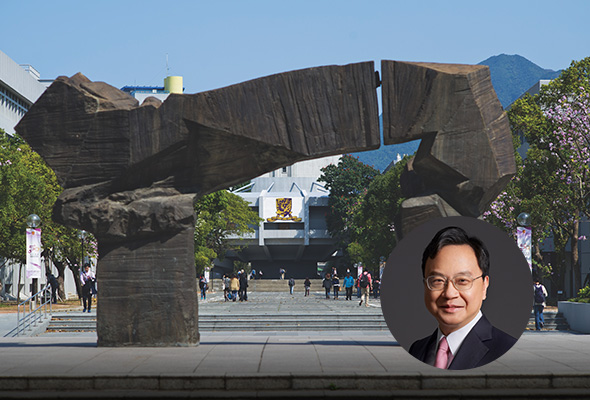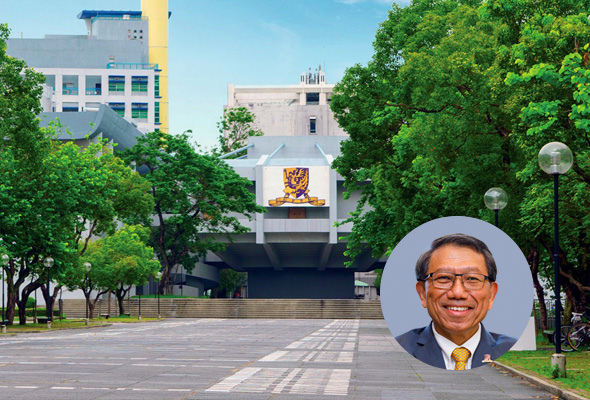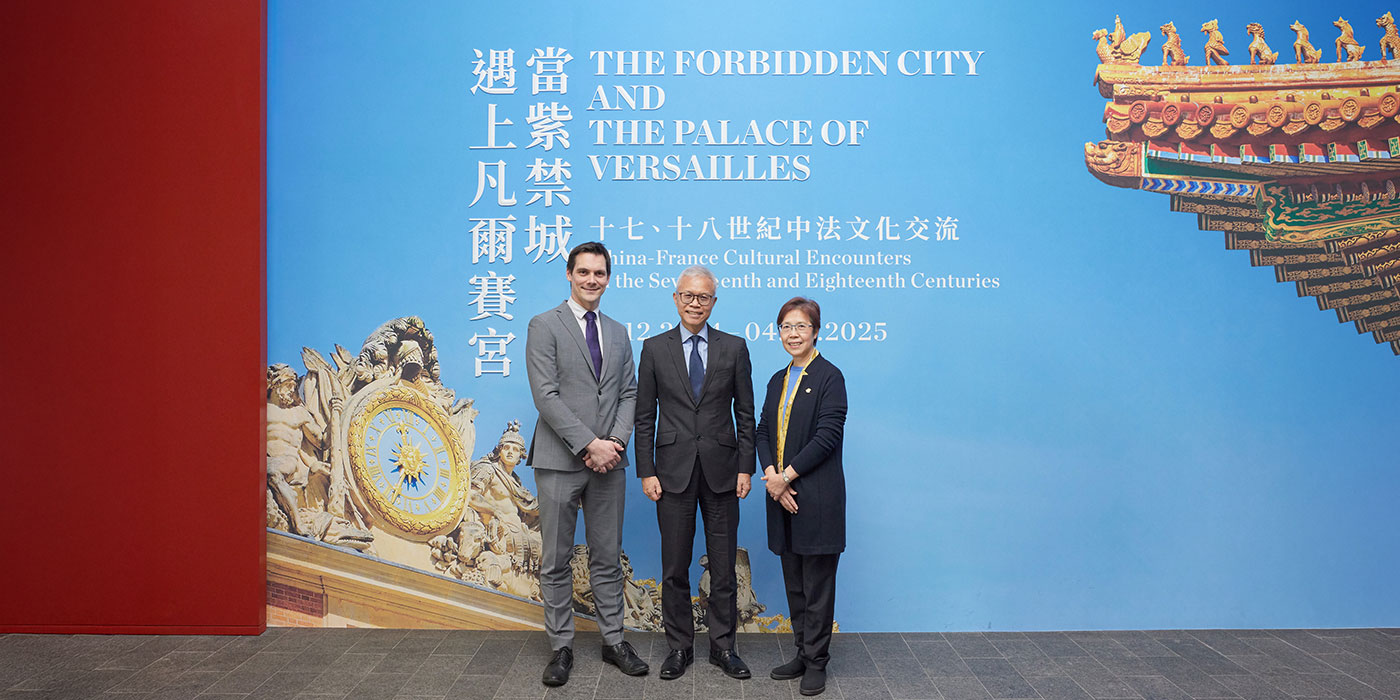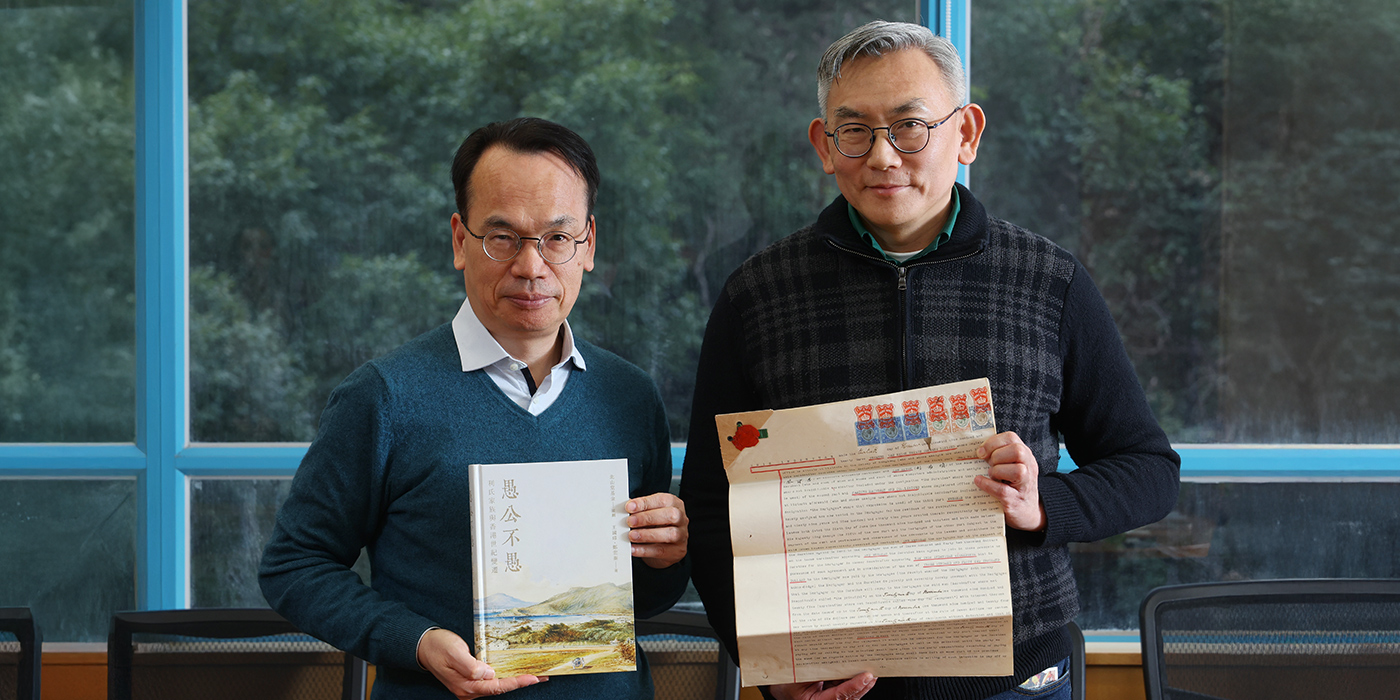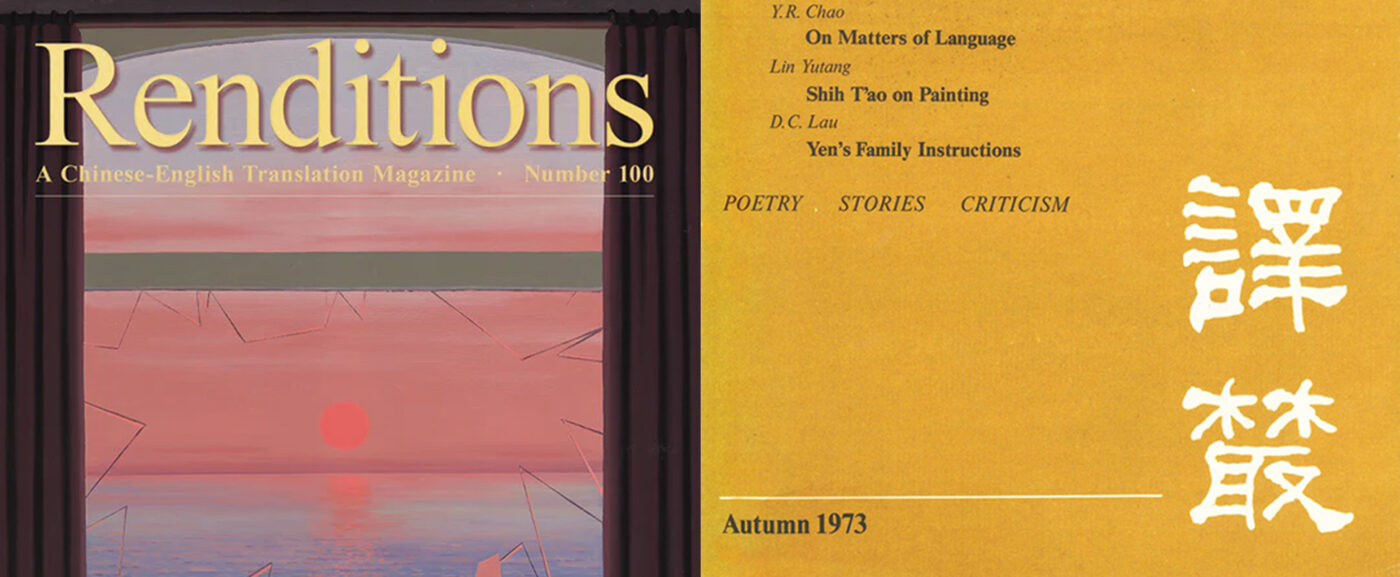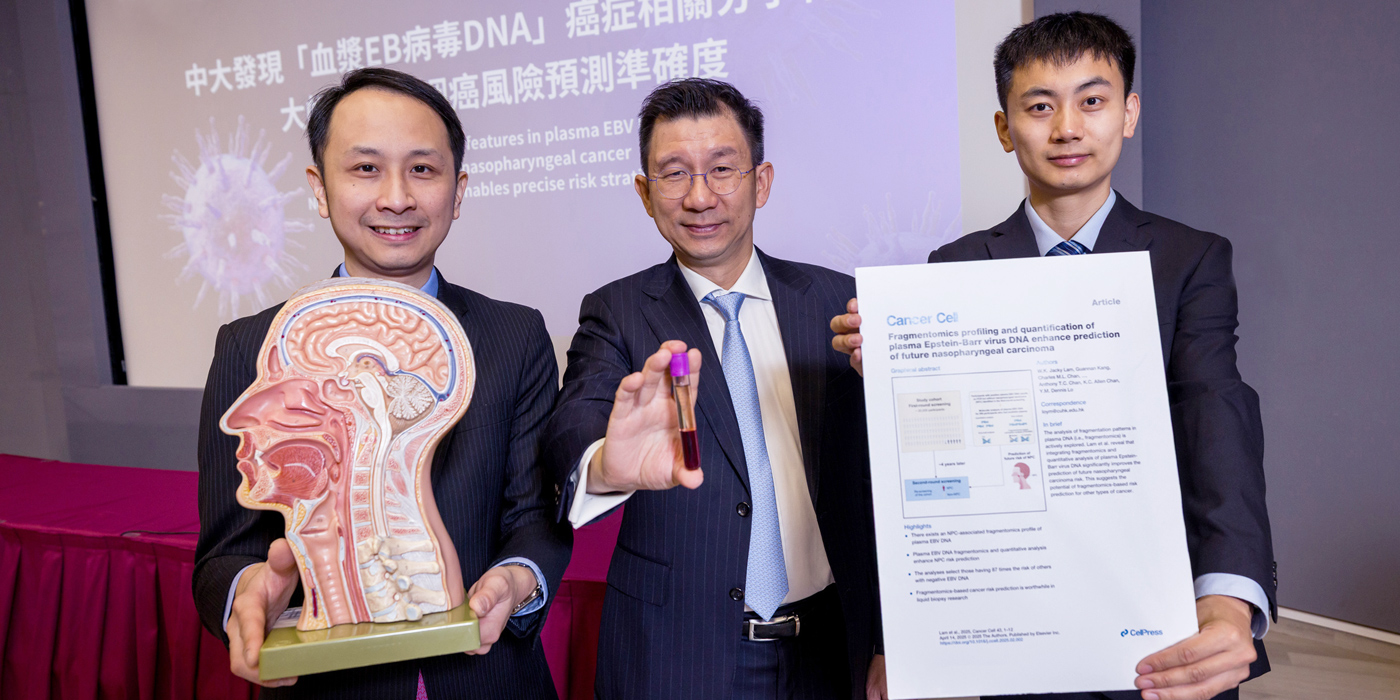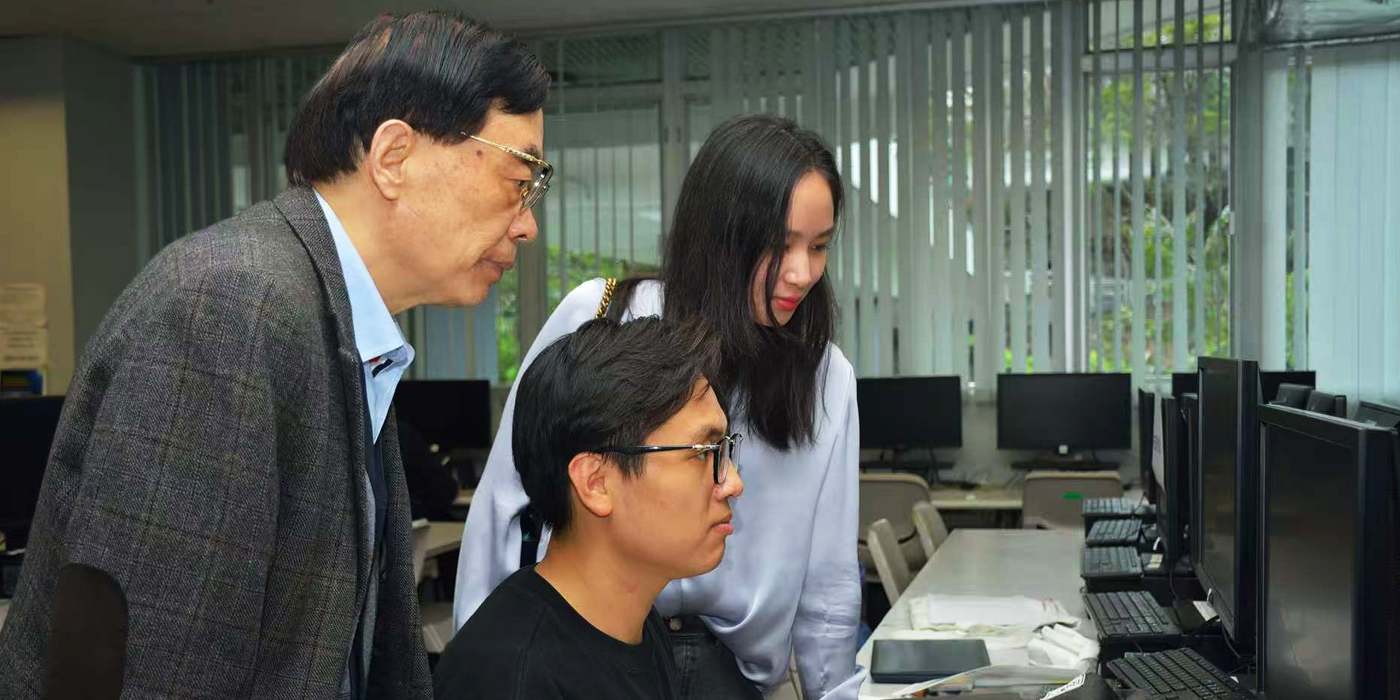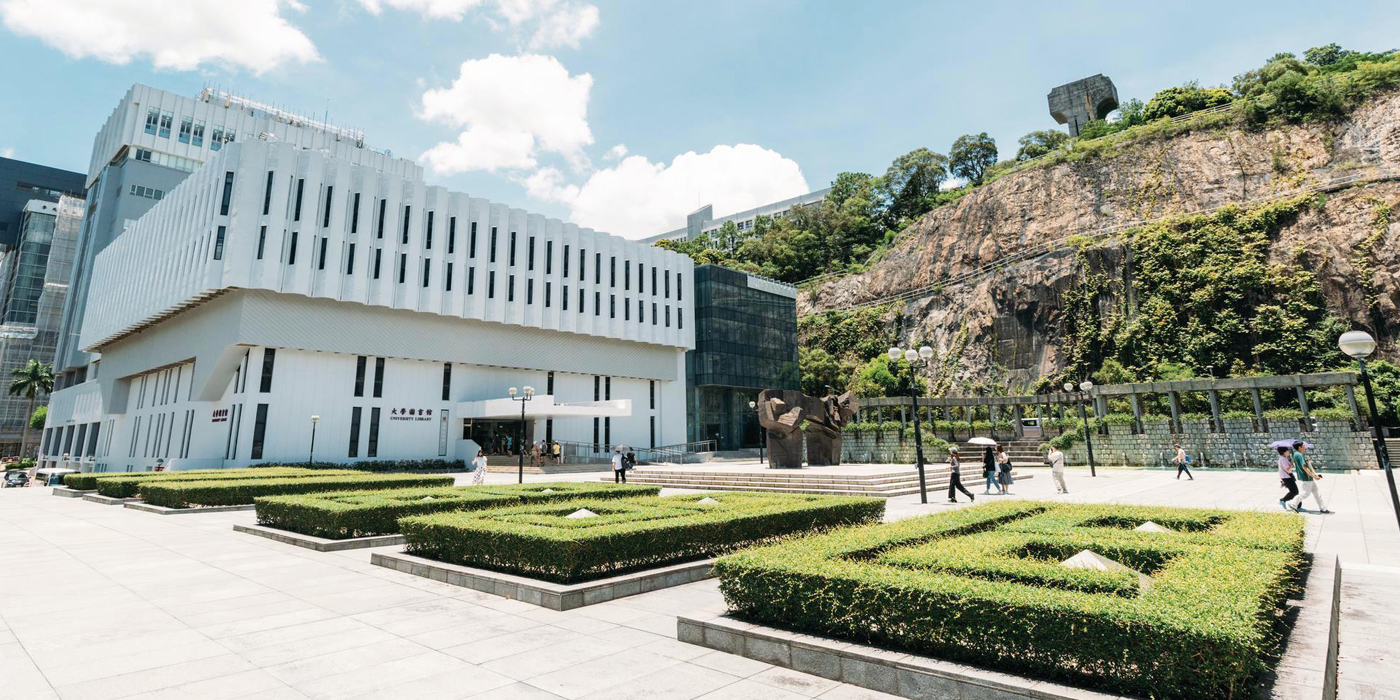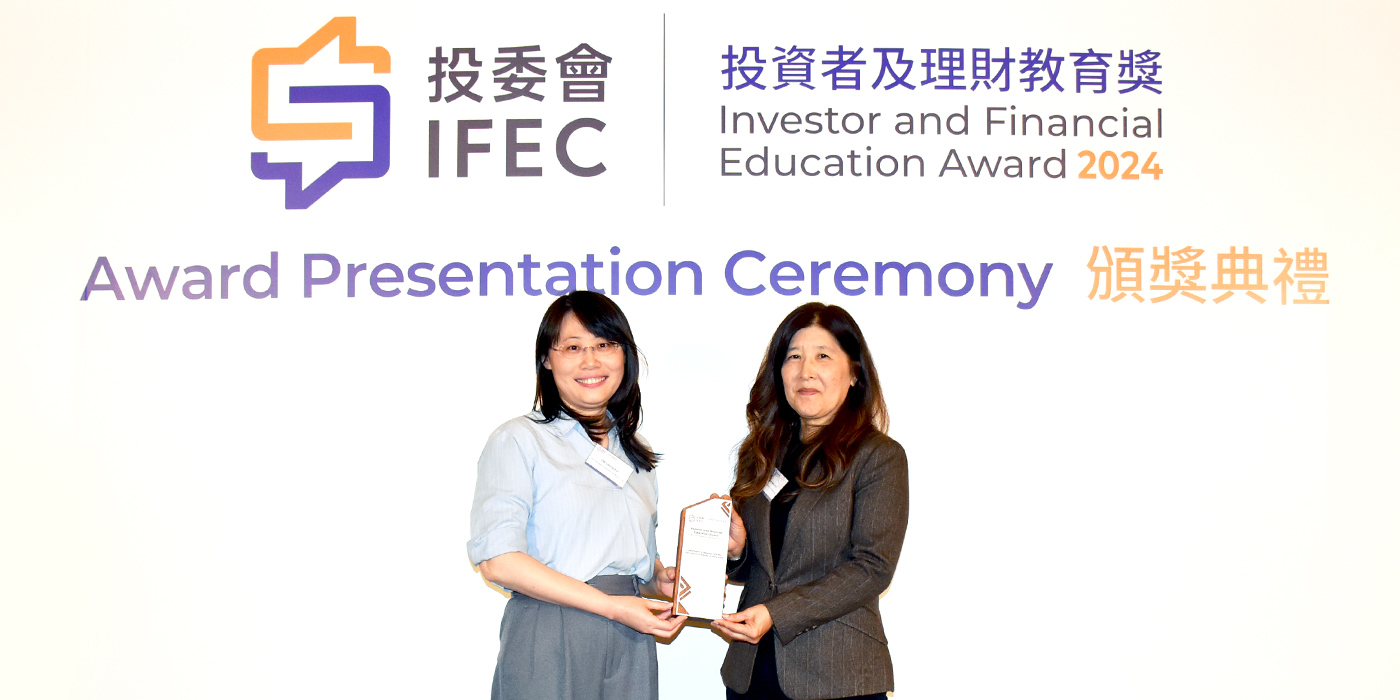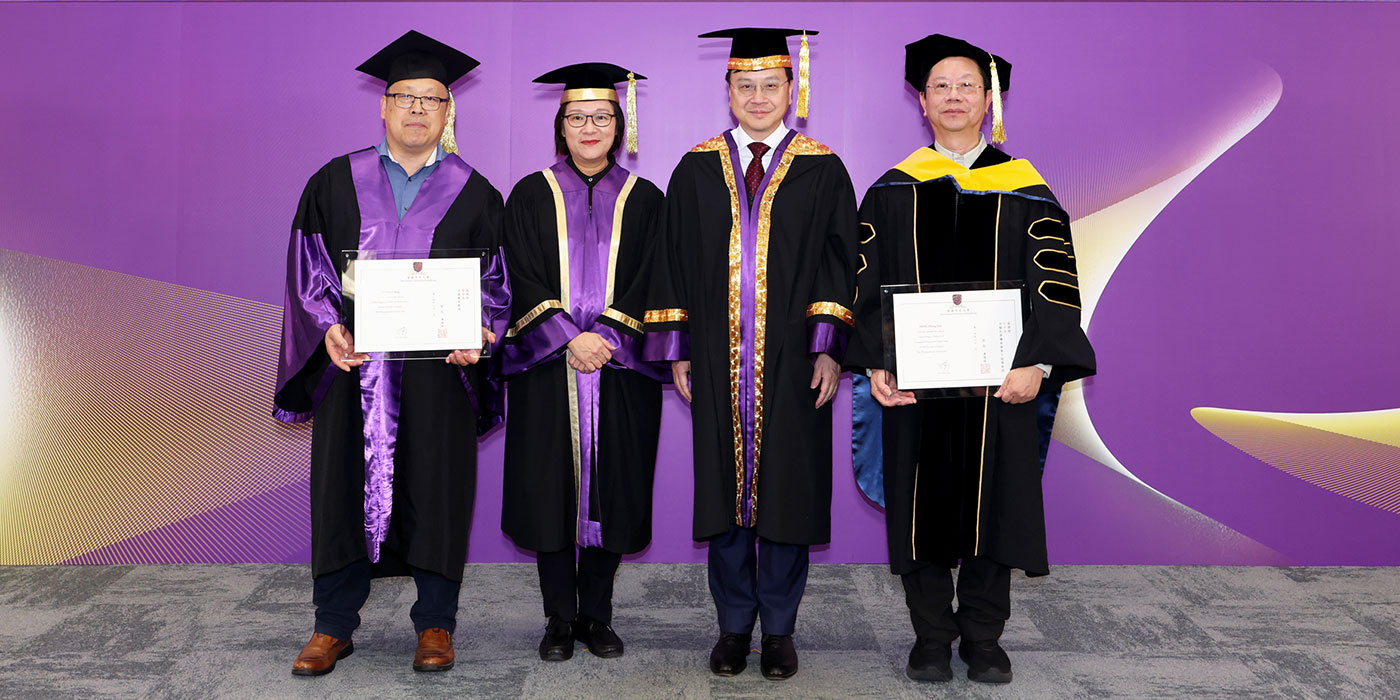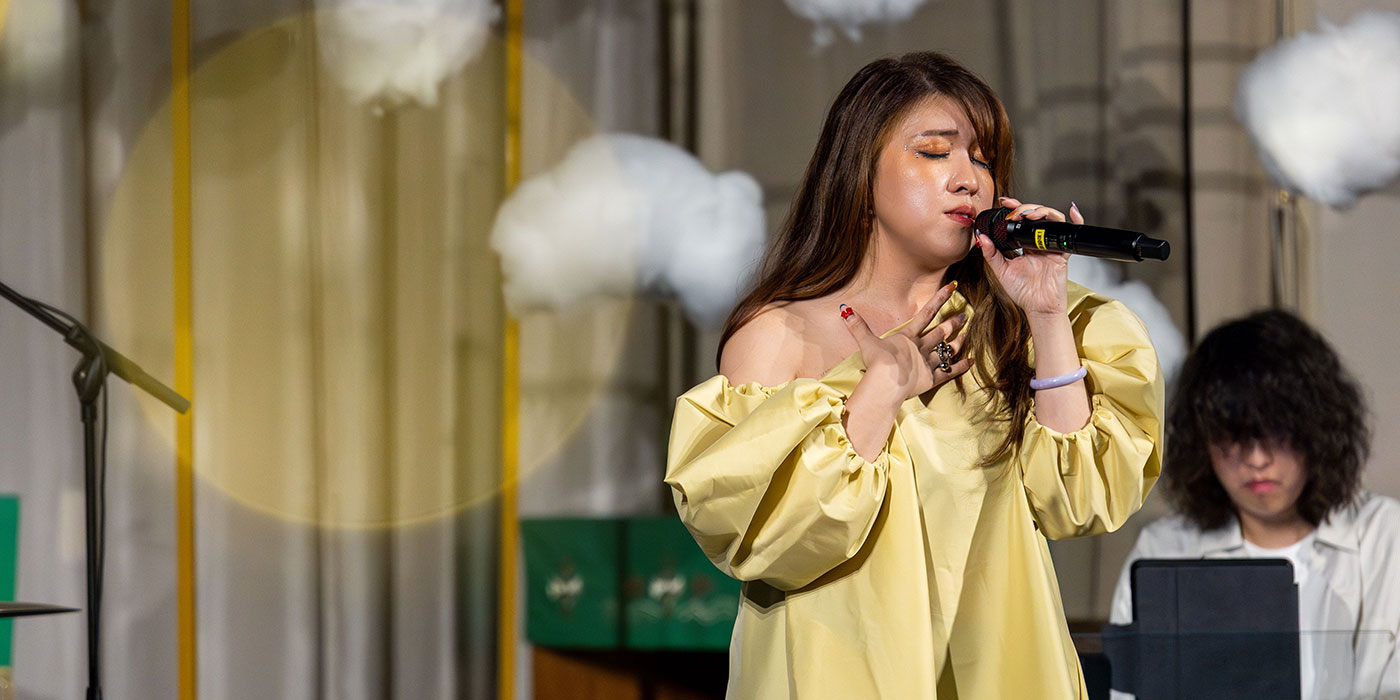Expanded Art Museum blends past with present
Architect Rocco Yim designs a campus landmark for CUHK treasures
12 March 2025
On a steep slope where University Mall drops down to University Avenue stands the Lo Kwee Seong Pavilion, a newly completed extension to CUHK’s Art Museum. Designed by internationally renowned Hong Kong architect Rocco Yim Sen-kee, principal of Rocco Design Architects Associates, it is poised to become a new cultural landmark for the University, housing a unique blend of cultural exhibits, art curation and education.
To create a structure in harmony with the lush greenery and hilly terrain of CUHK’s campus, Yim drew on both west and east. The result, which he describes as “a cherished grove beneath the rock” is influenced by a masterpiece in the Museum’s art collection. “The design is inspired by The Set of Four Landscapes by Chang Dai-chien, one of the most prolific Chinese artists of the 20th century,” says Yim. “Dense green trees grow on the slopes, above which rocks protrude from the mountains.” The winner of multiple international awards, Yim led the design of the Guangdong Museum, Yunnan Museum and Hong Kong Palace Museum, among others.
He believes in the power of narrative and embodies in his design for the extension the Art Museum’s ethos that “from heritage stem new marvels”. “I hope that my design can convey the mission of the Museum and tell a story,” Yim says. “The Art Museum demonstrates a strong sense of heritage and continuity through its rich collection of artifacts. It also embraces a forward-looking vision by integrating ancient culture into the contemporary world.”
An honorary professor at the CUHK School of Architecture, the working relationship between Yim and CUHK goes back some 20 years ago, when he led the renovation project of the Institute of Chinese Studies, which is connected to the Art Museum’s original gallery. At that time, he endeavoured to create a dialogue between the architecture and its surrounding greenery. “That design philosophy remains relevant in the current design of the new wing,” he says. “I am inspired by the concept of a nine-turn bridge which was the original design in 1971. It captures the artistic spirit of the Museum and creates a tranquil environment unaffected by external disturbances.” The nine-turn bridge design feature is typically found in Chinese gardens of the Song dynasty.
Since his student days, Yim has upheld the design principle “form follows function”. His V-shape cantilever for the Art Museum extension project elevates the entire building, freeing it from the constraints of the slope it overhangs, and expanding its interior space. He explains: “The exhibition gallery is one of the most important parts of the Museum. The cantilever design allows for an expansive, flat surface that is both spacious and ideal for curating exhibitions. It also ensures a smooth viewing experience.”
He adds that the footprint of the supporting structure anchoring the cantilever has been minimised to retain the slope in its original form as much as possible, achieving a balance between functionality and aesthetics. With a surface area of 1,770 square meters, it includes not only exhibition galleries but also an art studio, carpentry workshop, cafe, and bookshop.
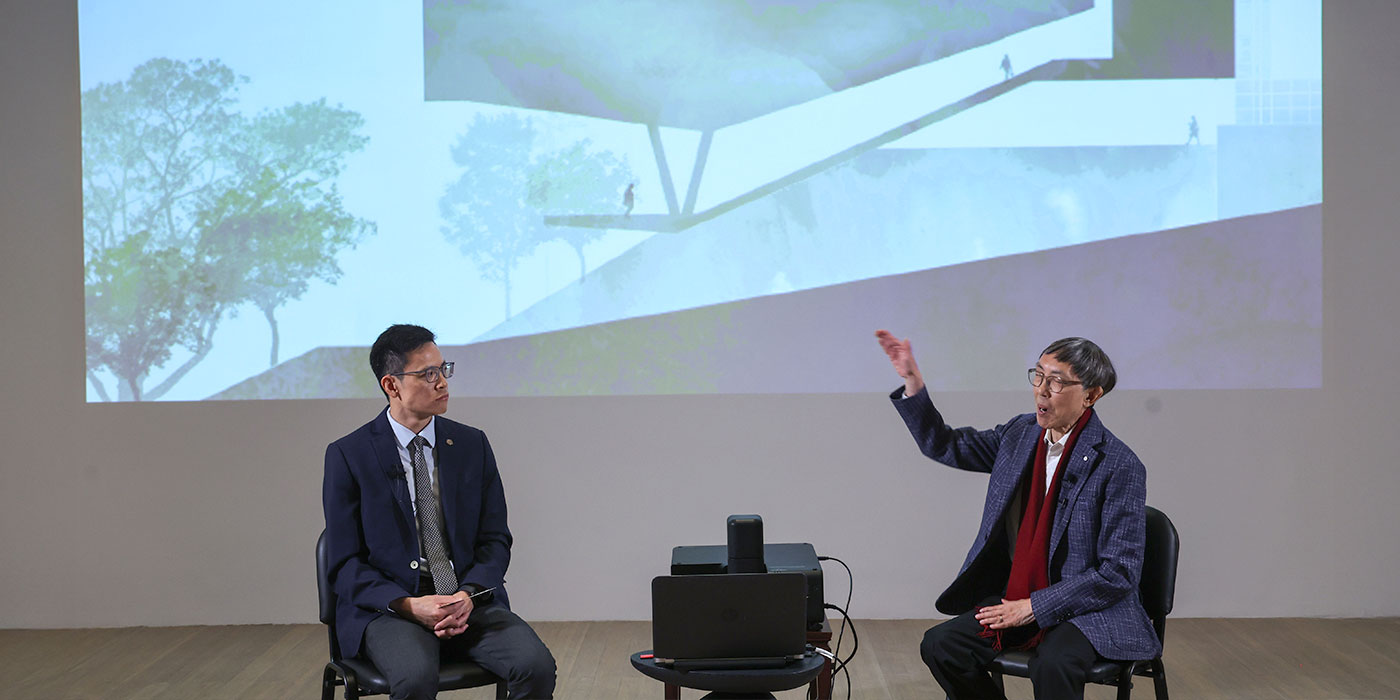
Yim has been a visitor to the University’s campus for decades. “CUHK’s captivating architecture is always an inspiration to me. The simple, humanistic design that blends in with nature is functional, practical and unpretentious.” He is particularly impressed by the design of the Institute of Chinese Studies by Szeto Wai (1913-1991), who followed the suggestion of I.M. Pei (1916-2019) to render it in a traditional courtyard (siheyuan) style.
Born and educated in Hong Kong, Yim has a unique perspective on Hong Kong architecture. For him, it articulates a harmonious blend of old and new, as well as effective use of environmental design to meet urban needs.
“Hong Kong is home to an architectural variety that is distinct to the city,” says Yim. “A lot of unique buildings in Hong Kong reflect the history, culture of the city, and even people’s way of life.” He explains that in such a packed, fast-paced city, architects tend to embrace space ambiguity, i.e. to allow different functions to gather in a single space. “The Art Museum, for instance, is not only a centre for arts and culture, but also a landmark which improves connections across the campus.”
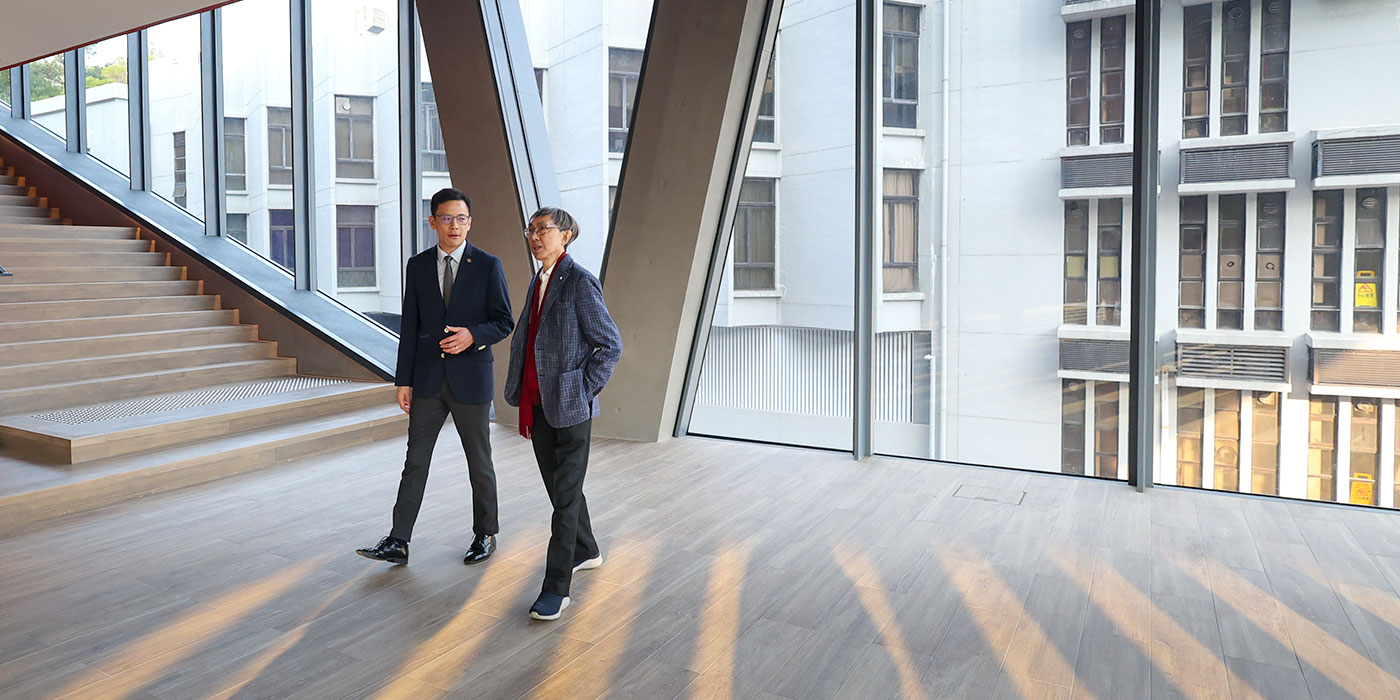
The extension is intended to be an iconic addition to the Art Museum for the purposes of teaching, research and exhibition. With this in mind the Museum’s Director Professor Josh Yiu has deliberated with Yim on the functions of all parts and corners of this building, as well as commissioning custom-made display cases that will both protect the artworks and enhance the overall experience of Museum visitors.
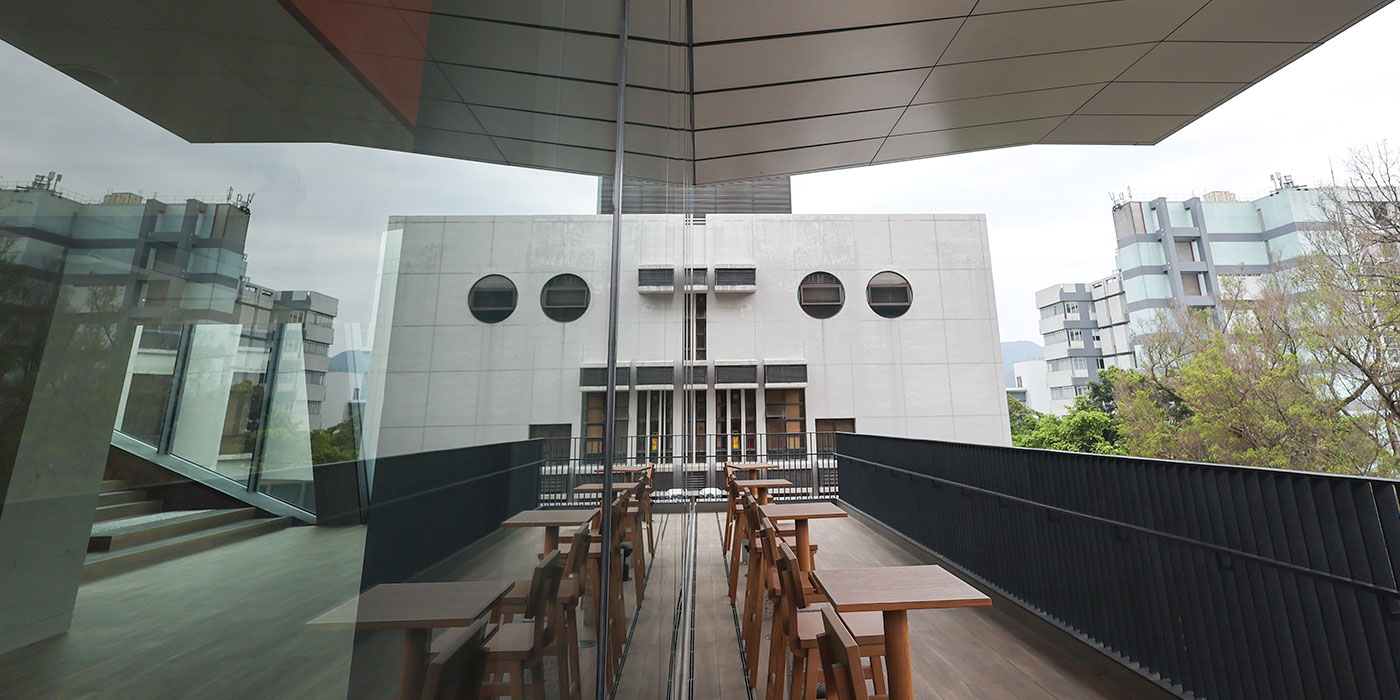
CUHK received a generous donation from the Lo Kwee Seong Foundation and the family of Mr and Mrs Harold Lee for the Art Museum’s capital project, and additional support from the Lee Hysan Foundation and Bei Shan Tang Foundation have enabled the overhaul of the museum’s aging facilities. “We are excited to be presenting a vibrant series of cultural and museum events,” says Professor Yiu. His hope is that, with the extension, the Museum will be able to connect the University community even more, instilling in it a sense of pride and ownership, alongside knowledge of arts and culture.
He adds: “It’s important to encourage purposeful visits. We hope to see visitors coming to the Museum to seek inspirations from art objects, instead of merely ‘checking in’. We are striving to contribute to Hong Kong’s art ecosystem as the city steps up as an internationally renowned cultural hub.”
Professor Yiu believes that it is important for the Museum to strike a balance between attracting museum goers and maintaining a peaceful atmosphere in galleries. “The landmark design of the extension together with the Museum’s collections, serve as a valuable research and teaching resource for the academic community and the general public. As a CUHK research and teaching museum, it serves to raise public awareness of cultural relics and artworks.”
He envisions the Museum becoming a cultural hub where other countries and regions bring their own treasures for display whilst also seeking to understand what Hong Kong has to offer.
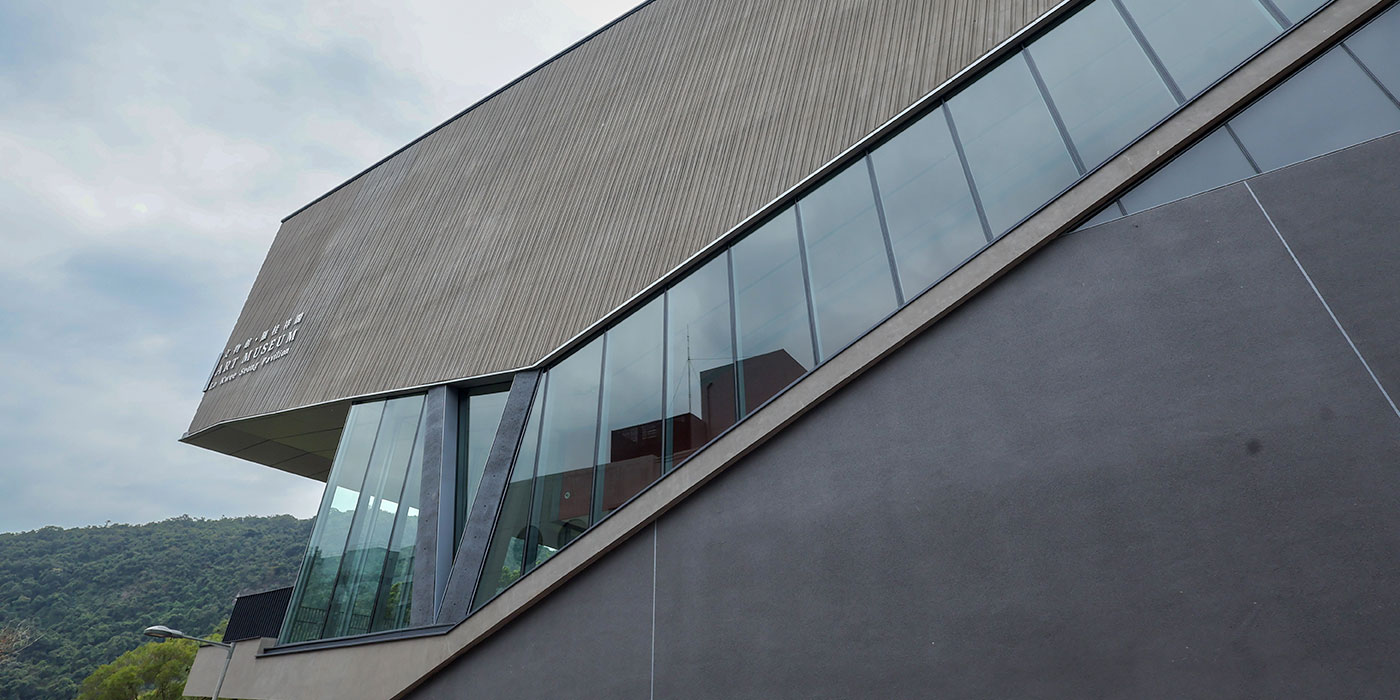
The Museum’s extension is set to open to public on 22 March. Its inaugural exhibition “Transcending Transience: Art and Culture of Late Ming Jiangnan”, in collaboration with the Shanghai Museum, will showcase exhibits from the Late Ming dynasty and take visitors on an artistic journey through the way of life of people in China’s prosperous Jiangnan region during the late Ming dynasty. “Spring Fest” will also be held on that day to take visitors on an art tour around campus.
By Gillian Cheng
Photos by D. Lee

